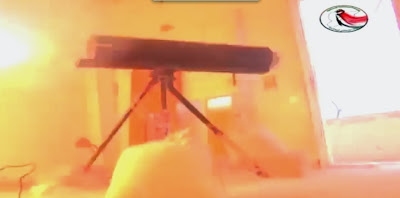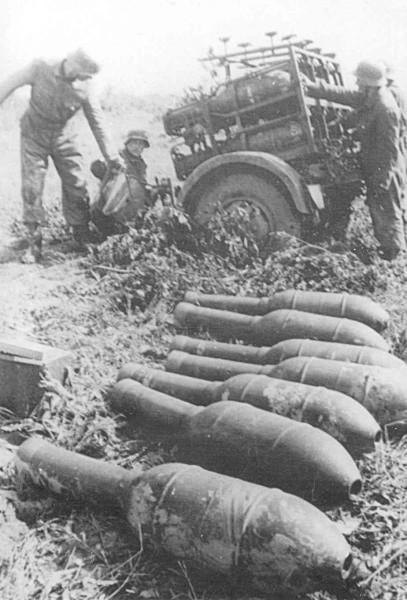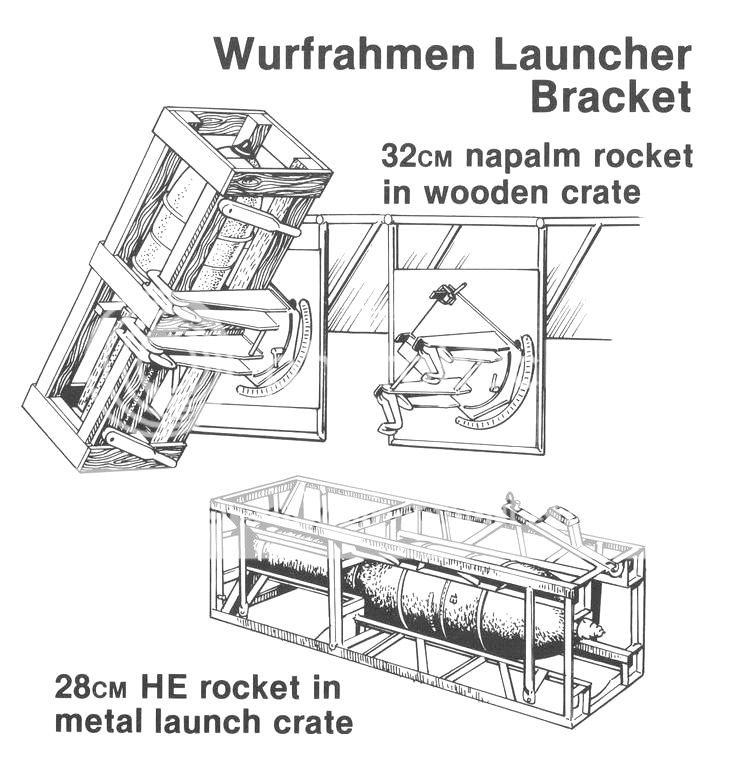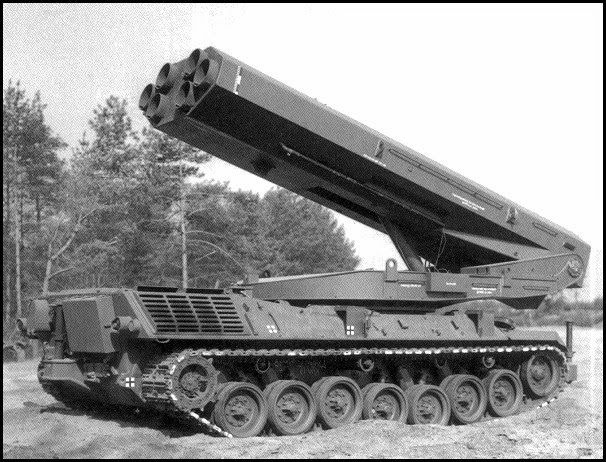Penguin
ELITE MEMBER

- Joined
- Jan 11, 2009
- Messages
- 13,047
- Reaction score
- 56
Thanks for your information but it's not answer
Angel of fire increases range.
Who wants shot further ranges he must calculate angle.
But my question is different
What if we shot from 50meters on wall or building by hydra rocket or 107mm art rocket?
Another example grad rokets they have also 1000 meter minimum range.
What if 122mm grad shot buildings on 200meters?
Rocket warhead detonation mechanism wouldn't fire?
As the graph indicates, you get to very short distances either by DIRECT fire (flat trajectory) or by extreme angle (i.e.fire near vertical and attack from above). Note that artillery rockets like the ones you mention have typically been unguided (a laser guided Hydra is something of recent years). Unguided artillery rockets tend to be far less accurate than traditional artillery, designed as they are to lay down a large volume of fire over a larger area in a short time.
At very short range, high angle fire risk hitting yourself or friendlies. Direct fire i.e. using a flat trajectory, requires a round that is fires at higher velocity and either spin or fin stabilized. Again, poor accuracy.
https://defense-and-freedom.blogspot.nl/2015_03_01_archive.htmlRocket artillery -particularly with guided rockets- may also be called upon to compensate for survivability issues of mortars and weight and cost of system issues of self-propelled howitzers. 122 mm rocket launchers on tripod exist; they were meant for guerillas. Lightweight MRLs can use a SUV or 2 ton lorry as vehicle, and still easily substitute for a 120 mm mortar in range and effect, save for short range or mountainous terrain shots (that would require an expensive guidance to bend the rocket's trajectory). Guided munitions might still be tracked by opposing forces' counter-artillery/mortar radars, but the extrapolation of the shot's origin would be unreliable because of the trajectory manipulation by the guidance. This can be used by guided mortar rounds as well, but mortars fire in the upper elevation group (above 45°), so their projectiles have little time to fake their origin compared to a rocket fired at low elevation.
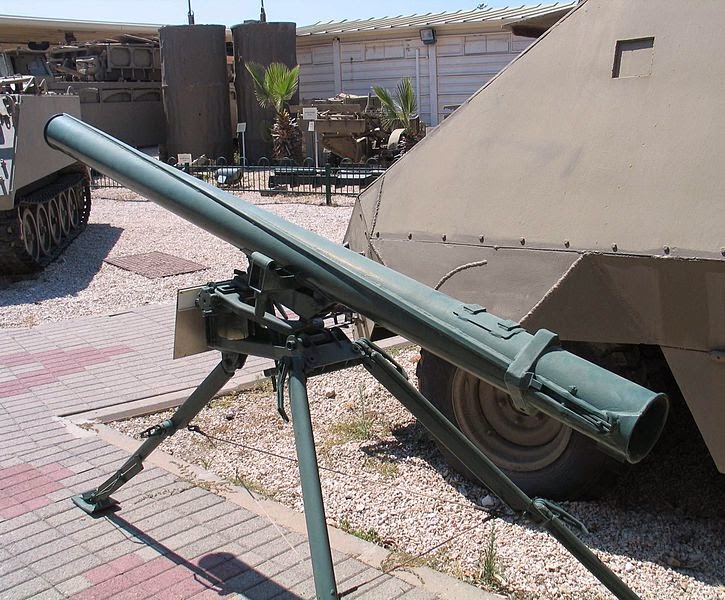
If you don't care about inflicting massive collateral damage, and sacrifice range and accuracy for fire power, great weapon.
http://brown-moses.blogspot.nl/2013/11/the-syrian-national-defence-forces-most.html



